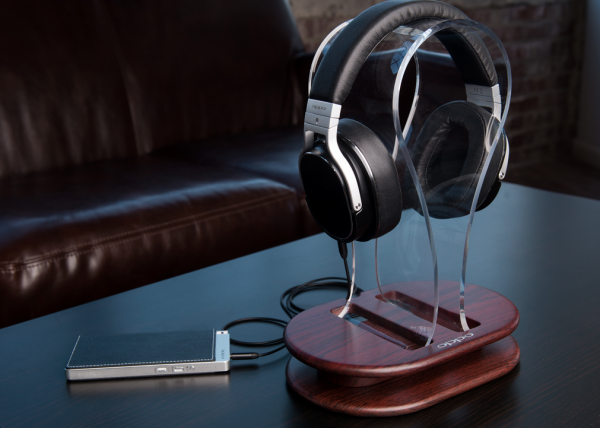I appreciate Sound and Vision making me aware that Oppo released a new pair of headphones, as for the sound and how they compare with other brands, well that'll depend on an audition to verify what Lauren has said to be true, even if there is a hint of advertising or revenue bias a simple audition will clear it up.
Oppo PM-3 and HA-2: Practical, Affordable, High-End Portable Audio

The HA-2, while not necessary to enjoy the PM-3, does add enough sparkle and fine detail to the sound in all frequency ranges that I think true enthusiasts with the means will be well served purchasing the two together.
As someone who has reviewed literally hundreds of headphones over just the last two years, it’s been some time since I’ve been this excited about a new product. While I love sitting at home with a gorgeous high-impedance (and high priced) headphone, the pragmatist in me is even more excited when I can take some of that quality with me. The PM-3 made me want to keep them on beyond the review process and just enjoy my music; outside! So on the first day of spring, with a spring in my step, I snagged my iPhone, actually left the house, and did just that.
The Oppo PM-3 and HA-2 are available for $399 and $299, respectively at OppoDigital.com
- Log in or register to post comments

Great review. It raises a question for Lauren though. From other reviews I know that the PSB M4U 2 headphone is your reference and that you obviously like it. Let’s say, hypothetically of course, that I want to buy a pair of closed-back headphones. I listen to mostly rock (I’m afraid much of which is now referred to as “classic”), some symphonic classical as well as smaller chamber style classical music. I also listen to a small amount of jazz, no electronica, hip-hop, rap or country music. I will be listening – at least for the immediate future – through my iPhone 6 alone. I may jump to either a dedicated DAP or a portable DAC/Amp (Oppo HA-2? Ifi DSD Nano?) after the first of the year. I want to simply hear my music at its best; if that means some coloration exists to make poor recordings more listenable, so be it. I don’t need to be able to identify the brand of spit-valve used by a given trumpeter. I travel a little, but short distances so portability isn’t a huge issue. Style and “hipness” are even less important than portability. Sound quality and comfort are my main concerns. I have $400 to spend. Any comment you make will have no negative repercussions; pretend we’re just talking friend to friend. Do you recommend the Oppo PM-3 or the PSB M4U 2?
Thanks again for consistently great reviews-




































































